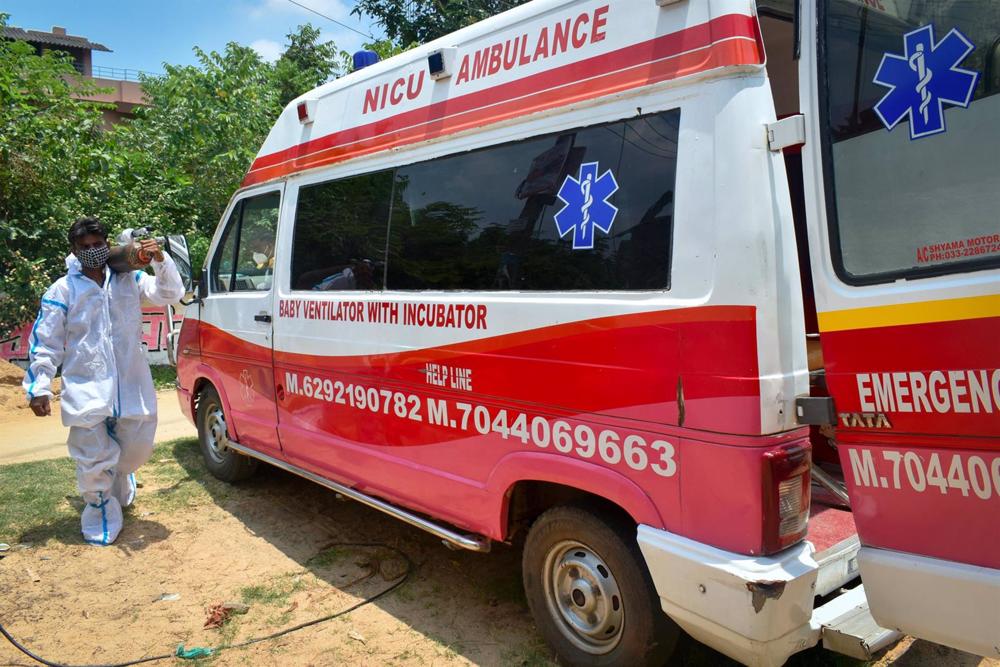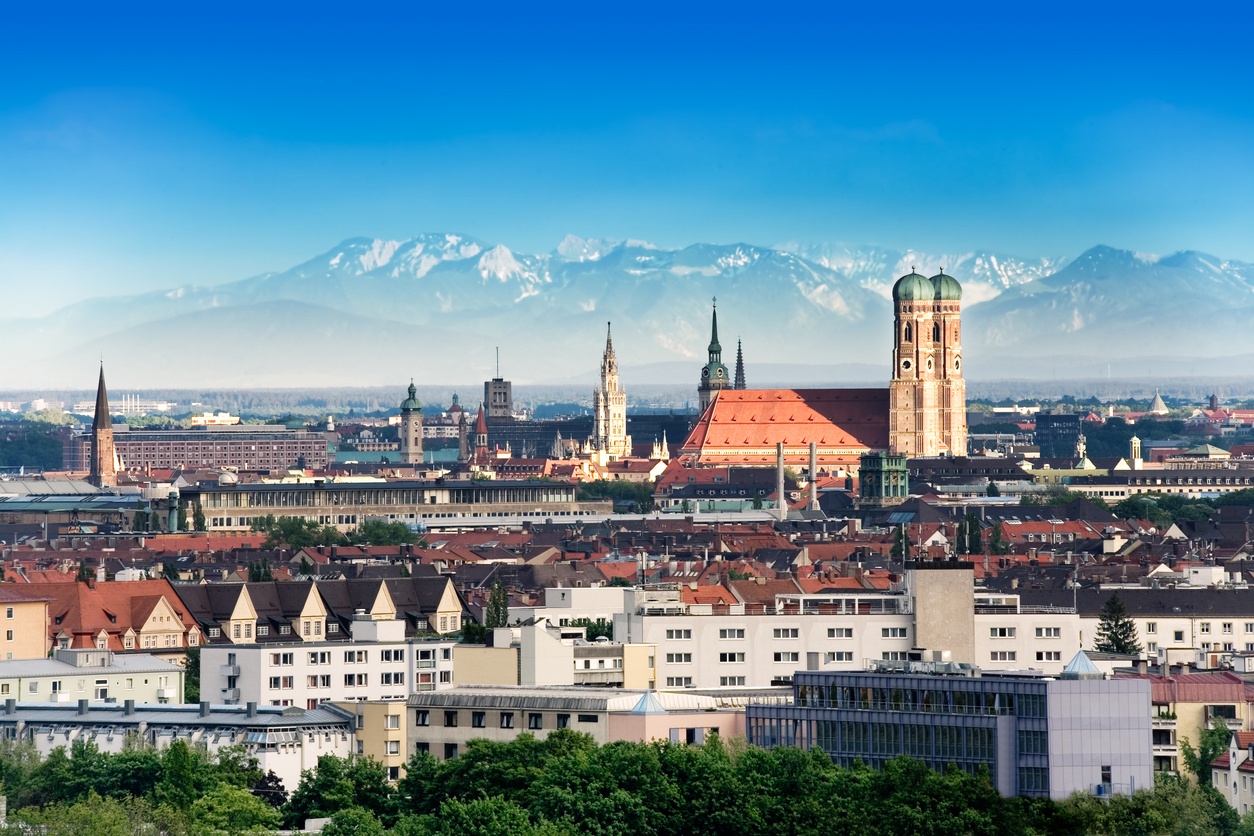
The Development Bank of Latin America (CAF) has pointed out that inequality in the region is «very high» and remains above other regions, with very low social mobility, and has presented its ‘Report on Economy and Development (RED 2022)’ which shows that this low mobility represents a «serious problem» for equity and other aspects of the region’s development.
«Latin America and the Caribbean has for decades been one of the most unequal regions in the world. This continues to be true despite the economic and social progress of the last twenty years, which has not been enough to undo the deep roots of inequality in our region,» explained CAF’s Executive President, Sergio Díaz-Granados, during the presentation of the report.
Among the reasons, the report highlights that low mobility is caused by different types of risks, which are not only associated not only with macroeconomic crises or the dangers of technological change, but also with the health situation or climate change.
Moreover, this inequality, according to CAF, is based on deep roots that are transmitted from generation to generation. Specifically, the report presents evidence indicating that in Latin America, opportunities are distributed very unequally among people from families of different socioeconomic levels.
LABOR OPPORTUNITIES Among the efforts to be made to combat this inequality, RED 2022 is committed to focusing investments on the most vulnerable population groups and in the poorest geographic areas. This targeting is «important» because the geographic location of the parents also conditions the employment opportunities of their children.
«Equalizing job opportunities requires, to a large extent, reducing inequalities between regions. Different policies can contribute to this goal, such as those that improve basic urban infrastructure and key facilities for the provision of education, health or public safety services,» said the report’s co-author and CAF’s chief economist, Lucila Berniell.
From the perspective set out in the report, policies that are not usually thought of as promoting social mobility become «central pieces» in the range of policies for equal opportunities. This is the case, for example, of improvements in public transportation infrastructure, which have the potential to bring quality job opportunities to populations living in disadvantaged areas and far from productive centers.
«The achievement of greater social mobility in the region is in the hands of multiple actors, both in the public and private sectors, thus imposing the great challenge of achieving the necessary consensus to expand redistributive policies that break the intergenerational ties of inequality,» concludes the report.






